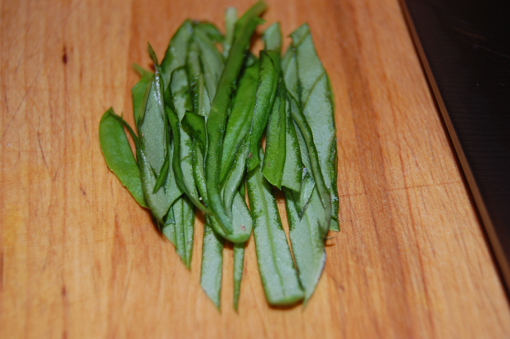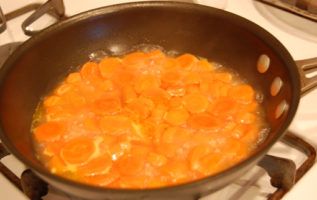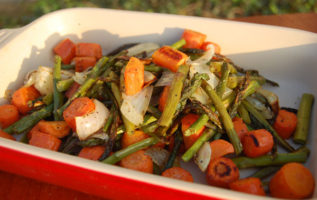
Go ahead and say it aloud: “Chiffonade” (pronounced as “shiff-fe-nod”).
Doesn’t this French-derived word just sound complex? Like something a super elite chef would say and then somehow swiftly do in a gleaming commercial kitchen?
Well, it ain’t that hard.
Let’s start with the definition: All chiffonade means is to cut into thin ribbons.
Hope I didn’t disappoint you there. The good news is, it’s really easy to do, and with a large, sharp knife in hand, you can be the one chiffonading around the kitchen in your big chef’s hat.
Application: The term “chiffonade” is often used in tandem with herbs. While I suppose you could make a chiffonade of carrots or radishes, we’ll start with the easiest ingredient: fresh, leafy herbs.
Why chiffonade in the first place?
To be able to use the term “chiffonade,” of course.
Oh, and the results also make for a snazzy garnish that brings a visual pop and enhanced flavor to a recipe.
Example: Basil leaves more often than not are the kitchen characters coming under the knife that is doing the chiffonading.
The easiest way to chiffonade is to grab a few leaves of fresh herbs — basil, in this case — from the garden (or the produce section of the store), roll them up tightly and cut. If you want longer ribbons, cut length-wise.
Voila! You’ve just chiffonaded.
Next time you make a pasta dish — perhaps one involving this awesome mushroom marinara sauce — finish the recipe with a chiffonade of basil, and then you can be the one sounding like a French cooking master.
Have a question about this technique or your own chiffonading tale to tell? Comment below!
Source: iwanttocook.com (defunct blog)






























